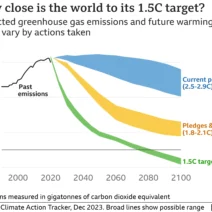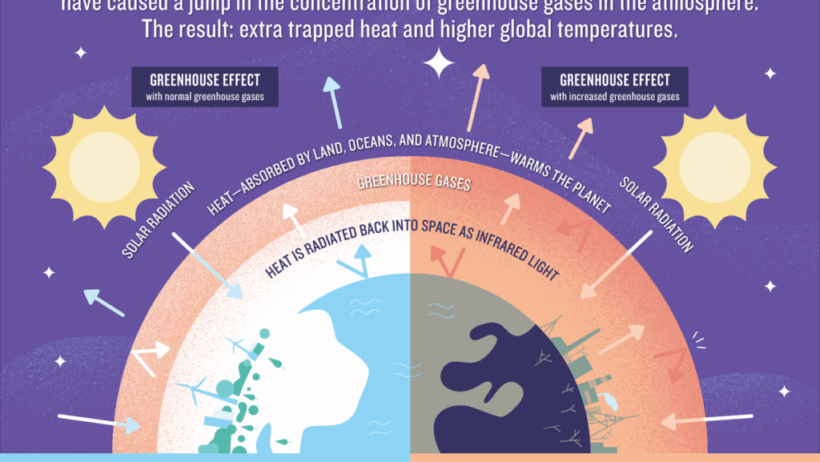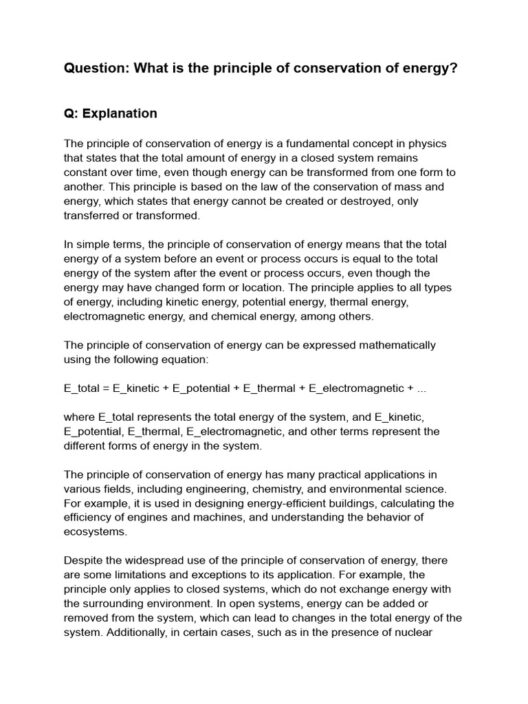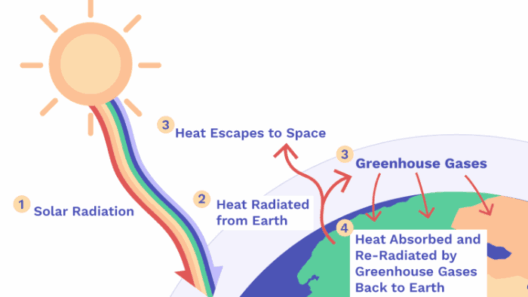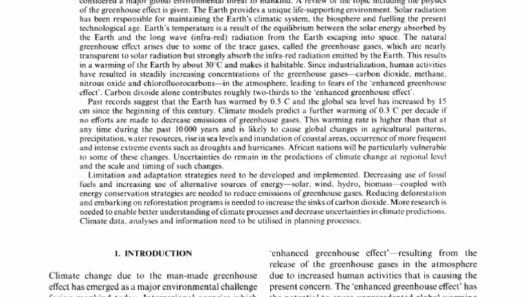The greenhouse effect is a natural phenomenon essential for maintaining Earth’s temperature. However, its intensified version due to human activities presents severe ramifications for the environment and humanity alike. This exploration delves into why the escalated greenhouse effect is detrimental, unraveling its complex layers and negative consequences.
Human activities over the last century, particularly the combustion of fossil fuels and deforestation, have significantly increased greenhouse gas concentrations in the atmosphere. The result is an enhanced greenhouse effect, leading to notable climatological shifts, environmental disruptions, and socio-economic challenges. Understanding the implications of this intensified effect is crucial for establishing sustainable practices and policies.
As greenhouse gas levels rise, the Earth’s average temperature escalates. This phenomenon is not merely a statistic; it has profound implications for our planet. An increase in global temperatures can trigger a cascade of environmental alterations that threaten biodiversity, human health, and the stability of ecosystems.
Key among these impacts is the alteration of climate patterns. With warmer temperatures, precipitation patterns are disrupted, leading to extreme weather events. This can constitute more intense storms, prolonged droughts, and severe flooding, impacting agricultural productivity and water supply. The resulting instability in food systems can lead to food insecurity, exacerbating social inequalities.
Additionally, as global temperatures rise, polar ice caps and glaciers melt at unprecedented rates. This phenomenon contributes to sea-level rise, posing existential threats to coastal communities worldwide. Low-lying regions face inundation, displacing populations and creating climate refugees. The accompanying saltwater intrusion can also contaminate freshwater supplies, rendering them unsuitable for consumption and irrigation.
The negative consequences of an intensified greenhouse effect extend beyond physical alterations to the planet. Biodiversity faces unprecedented threats as ecosystems struggle to adapt to rapid climate changes. Species extinction rates are accelerating, with many flora and fauna unable to migrate or evolve rapidly enough to survive in altered habitats. The loss of biodiversity diminishes ecosystem resilience, compromising services like pollination, pest control, and nutrient cycling, which are vital for human survival.
Furthermore, the health implications are alarming. Rising temperatures are intricately linked to the proliferation of vector-borne diseases. As climates shift, so do the habitats of disease-carrying organisms, increasing the risk of diseases like malaria, dengue fever, and Zika virus. Public health systems, already strained, find it increasingly challenging to cope with new health threats exacerbated by climate change.
An intensified greenhouse effect also fosters atmospheric alterations that can lead to poorer air quality. Increased greenhouse gas emissions, primarily from industrial activities and automobile exhaust, lead to higher concentrations of air pollutants. This deterioration in air quality can trigger respiratory diseases, cardiovascular problems, and other health issues, disproportionately affecting vulnerable populations.
Further compounding these challenges is the socio-economic turmoil stemming from climate-related events. Natural disasters, driven by climatic extremes, require significant financial investment for recovery and adaptation. Communities facing repeated disasters may experience economic stagnation, and increased government expenditure on disaster relief can divert funds away from essential services and infrastructure development.
Addressing the intensified greenhouse effect necessitates a multifaceted approach, integrating sustainable practices and innovative technologies. Transitioning to renewable energy sources, enhancing energy efficiency, and adopting sustainable agricultural practices are critical steps. Policy interventions aimed at regulating emissions and incentivizing conservation can foster a younger, resilient ecosystem. Grassroots movements also play a pivotal role in advocating for climate justice, prioritizing the needs of those who are most vulnerable to climate impacts.
Education and awareness are paramount in galvanizing collective action against the intensified greenhouse effect. By promoting understanding among individuals and communities, it is possible to catalyze change at the grassroots level. Public engagement can lead to a more informed populace that is proactive in adopting sustainable habits and supporting policies aimed at addressing climate change.
In summation, the intensified greenhouse effect serves as a clarion call for immediate action. Its negative consequences permeate every aspect of life on Earth, from altered weather patterns and biodiversity loss to public health crises and socio-economic instability. Mobilizing collective efforts to combat this issue is not just an environmental imperative but a moral responsibility. The future of our planet rests in our hands, and it is crucial that we act decisively to mitigate the adverse effects of the greenhouse effect. Only through concerted action can we forge a sustainable path toward a more resilient and equitable world.
